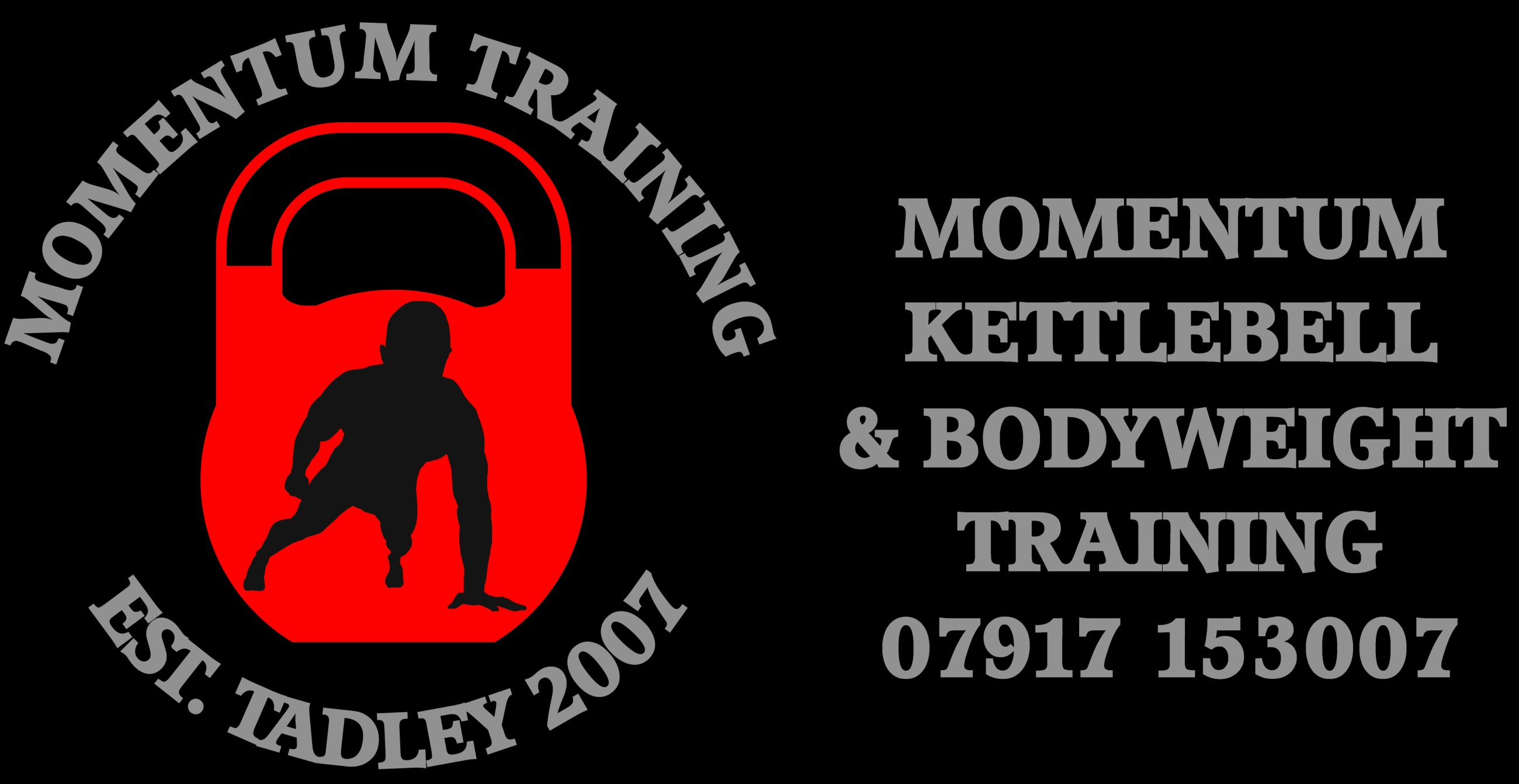So Why Kettlebell Sport?
By Chris Peil
Having recently popped my Kettlebell Sport/Girevoy Sport (Girevoy Sport is the Russian name, I’ll refer to it as ‘GS’ from here) cherry many of my friends and family have asked me, ‘so what’s it for, why Kettlebell Sport?’ As most people like simple, potted answers and quickly wish they hadn’t asked if you go into detail I tend to stick to, ‘it’s fun’, ‘it’s challenging’, ‘it’s rewarding’ or ‘it’s efficient’. When I say; ‘it’s efficient’ this tends to lead to more discussion about what I mean and has inspired me to put pen to paper and explain why I am convinced GS, as a single activity, is the king of efficiency.
When I was working in the education side of the fitness industry trainee instructors were taught that fitness has five broad components, muscular strength, muscular endurance, cardiovascular fitness, flexibility and motor skills. The components are all linked and you need to have the minimum level needed of each to complete a task. Let’s say the task is running a ten minute mile. You would need enough muscular strength to stand and propel your body forward at a fast enough pace. You would need enough muscular endurance to maintain that strength level for the ten minutes. You would need enough cardiovascular fitness to provide the muscles with oxygen and get rid of carbon dioxide fast enough to keep the muscles going for the full ten minutes. You need enough flexibility around the joints to be able to adopt a running gait that won’t lead to injury within the ten minutes. Finally you need enough balance and co-ordination to run! Safe to say the average person is easily strong enough to run a few paces and probably flexible and skilled enough to run, even if not ‘optimally’. That means the challenges provided by sustained running are generally on the cardiovascular system and muscular endurance in the working muscles. Those are the components where overload and adaptation will occur. Flexibility, motor skills and muscular strength will not get overloaded beyond the base level required and will quickly stagnate.
Olympic weightlifting, by comparison, is made up of single reps of maximum weight lifts. A high level of muscular strength is clearly needed. A high level of flexibility and motor skills are needed too as the movements are through big ranges of motion and challenging to balance and co-ordination. Olympic lifts do not, however, challenge muscular endurance or cardiovascular fitness much at all as the activity doesn’t last long enough. Overload and adaptation of these areas will be severely limited by only training Olympic lifts.
GS is made up of 3 competitive lifts, snatch, jerk and long cycle (clean and jerks). Each lift is performed for maximum reps in ten minutes. Assuming that you were to train these lifts, and these only, here is how I see GS benefits the components of fitness. GS uses ranking tables with rep targets related to bodyweight. Lifters use different weights of Kettlebell depending on how advanced they are to achieve their rank. This means that weights up to 40kgs per hand can be used in competition. For people unable to lift 40kg in one hand easily, muscular strength can be overloaded and developed by gradually progressing the Kettlebell weights used for GS. As the sets last up to ten minutes muscular endurance is required and can be significantly developed with sustained GS training. For any activity to last a duration of minutes it must have a large aerobic component so the cardiovascular system is challenged and developed too by GS. The three lifts require the ankles, knees, hips, spine and shoulders to go through significant ranges of motion so flexibility in these areas is required and will be developed and maintained by GS training. Finally, as it is performed standing and involves dynamic movements so GS requires well developed motor skills and will help develop and maintain balance, co-ordination and spatial awareness.
As you can see, GS represents a kind of ‘best of both worlds’ for developing all round physical fitness. That said, there is more to fitness than the concept of components. Many exercise theorists believe for improvements in the components of fitness to be relevant they need to be developed in relevant movement patterns with relevant firing sequences, through all planes of movement and be full body. Well as a single form of exercise GS excels here too.
The idea of movement patterns is that we move naturally through six broad patterns. We squat when we stand up and sit down. We bend when we bend down to
pick something up. We lunge when we walk, run, side-step or start a throwing movement. We push with the upper body to open doors, push trolleys and grapple. We pull to open doors, pull trolleys and
grapple. Finally we twist in almost all movements. We also tend to produce force most often when standing up. This means a bench press that is done lying down and involves predominantly the upper
body pushing is of limited use to real-life situations.
In GS the snatch has a bend pattern combined with a twist and a transverse lunge, a pull, another twist and a push at the end. Jerks involve squatting and pushing patterns and the long-cycle bend pull, squat and push patterns. As you can see the three GS exercises cover all movement patterns, whilst standing up, in an integrated fashion. This means the benefits gained from GS training will cross over very well to real world demands.
In the real world we move in three planes of movement and many argue exercise that doesn’t cover all three is of limited real-world use. Three planes of movement means we move forwards and backwards/up and down (saggital plane) but also side to side (frontal plane) and twisting (transverse plane). Most traditional gym exercises can be criticised for being just forwards and backwards/up and down. This is pretty fair as until the recent ‘functional fitness’ craze regular gym users were rarely seen doing side to side or twisting exercises. Although GS is predominantly saggital plane like many traditional gym exercises this isn’t the whole story. The snatch has significant controlled twisting making it fantastically transferrable to daily movements and sports like tennis, golf, martial arts etc. The long cycle also has a subtle but significant lateral hip movement in almost all lifters. As a result GS performs pretty well in terms of planes of movement too!
‘Firing sequences’ refers to how the brain co-ordinates multiple muscles to ‘fire’ in complex orders and timings to bring about the desired overall movement. In English, the difference between swinging and hitting a ball and swinging and missing could be the brain’s ability to get the body to do what it wants, when it wants. Like anything else if you don’t practice complex movements you won’t be very good at them. I think it’s pretty obvious using two weights like kettlebells that are off-centre weighted and are used dynamically requires accurate firing sequences which will keep you sharp for day to day activities and sports. Sitting in a fixed path machine or lying on a bench isn’t going to do the same! To top it off, as GS is done standing and holding the kettlebells in the hands pretty much every muscle in the body from fingertips to tiptoes has to play its part somewhere in the movements for them to be successful.
Add to this GS involves accelerating and decelerating the kettlebells and absorbing their impact, all very useful and natural qualities to develop for
sport and real life that most forms of gym based training don’t cover. Some people talk about open vs. closed chain movements and which are of most use in training. There is much debate on this but
generally (but not exclusively) the lower body is used naturally for large powerful movements that propel the body, closed chain movements, and this is the case with GS. The upper body is generally
(but not exclusively) used to exert force on external objects, open chain movements, and again, this is the case in GS. If you don’t believe me on this think about why the feet and hands are
different in humans, it’s for their different functions. Once more GS reflects and develops the qualities used and needed in good natural movement.
Now, if you’re still not convinced, GS has a couple of final tricks up its sleeve! From a purely practical point of view very little space or equipment is needed to reap the benefits. The equipment is cheap and durable by fitness equipment standards making GS very accessible. As the equipment is portable and ten minute sets can provide such an array of benefits in such a short time-frame it is a very easy activity to integrate into modern life.
Finally, a widely recognised benefit of exercise is improved mental wellbeing connected to both physiological effects and the perception of achievement. As
we’ve already established GS will have profound physiological effects so that box is already ticked. The GS ranking tables provide a clear progression structure for all lifters. Progression is
essential to keep physiological benefits coming. Participants may not be so motivated to keep improving in other activities without ranking tables. Crucially, the ability to work towards recognised
ranks is fantastic for sense of achievement and enjoyment of the process. Ranks could make GS a great activity for mental well being and self-esteem. In addition, the nature of the three lifts
themselves requires commitment, particularly the first few times using a new weight. This makes GS an intrinsically challenging and therefore rewarding activity.
So there you have it. Most people will still prefer the short answer but as far as I can see no other single physical activity can touch the overall benefits of GS. Now all I need is to get good at it…
Chris Peil is a competitive kettlebell lifter who participates in the biathlong, long cycle clean and jerk, and the Strong Sport KB lifting event. He is currently a personal trainer in the United Kingdom and has worked with a large population ranging from internationally ranked track and field athletes to football to everyday folks who wish to improve their lives. You can see his youtube channel here and contact him if you have questions.















